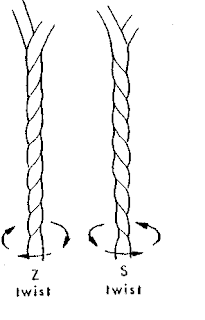Building on our recent post about “strings and sealing wax” let’s continue to review and expand our exploration of a single, seemingly simple, historical artifact, a letter in the Samuel A. Bemis collection.
Earlier we explored the red wax seal that was broken to open and read the letter seen in the picture above. Now we are going to look at how the letter was folded so the back of letter would serve as its own envelope and to provide physical protection and privacy to the contents of the letter. Then after the letter was read, the paper was refolded in a different way so it could be "pigeonholed" (filed in an organized system). Notice we haven’t actually gotten around to reading the letter or even seeing who it was from. We will get to that later. At this point we are more interested in the context than the text.
In this 1758 painting of Bostonian Thomas Greene by John Singleton Copley at the Cincinnati Art Museum, you can see examples of a letter on the desk folded and sealed in a similar way. You can also see another letter in his hand unfolded to read.
This method of folding and sealing provided a level of privacy and security to the letter. When folded this way it was hard to sneak a peak at the contents of the letter without breaking the seal. It also provide a functionality in which the back of the letter served as the “envelope.” If you look again at the letter, you can see the darker area of the paper that was exposed to the environment outlined in red in the image below.
Here you can see the order in which the sections of the paper were folded.
Here is how the address section of the "envelope" would have looked.
After the letter was read it was refolded in a different way so it would fit into a pigeonhole in a desk. First the letter was turned upside down.
Then it was folded in four parts to a "pigeonhole" size.
Then it was labelled with information so it could filed away and retrieved later. (see the wording in the green box below)
So it would have looked like this.
In this case,
Seems to read
Letter dated 8th Dec. 1836
From
Doct. L. F. Gallup
Dentist
A quick internet search finds a reference to a
L.F. Gallup Dentist during the period.
Now the letter is ready to be filed in a "pigeonhole" in a desk to physically protect the papers and sort and organize the papers into categories. The desk would also provide additional layers of security for privacy and security. Inside the desk and bookcase sections of this furniture were many shelves, drawers, and compartments. The desk part seen below has six pigeonholes.
The stacks of these letters/papers were bound with paper bands, red tape or even straight pins so it would fit in the most common furniture filing system, the pigeonhole. This traditional system has led to the common social use of phrases such as:
Cut through the Red tape
Brass tacks
Pigeonhole something away
Put a pin in it
Next time we will look at these various ways of collating papers.












































